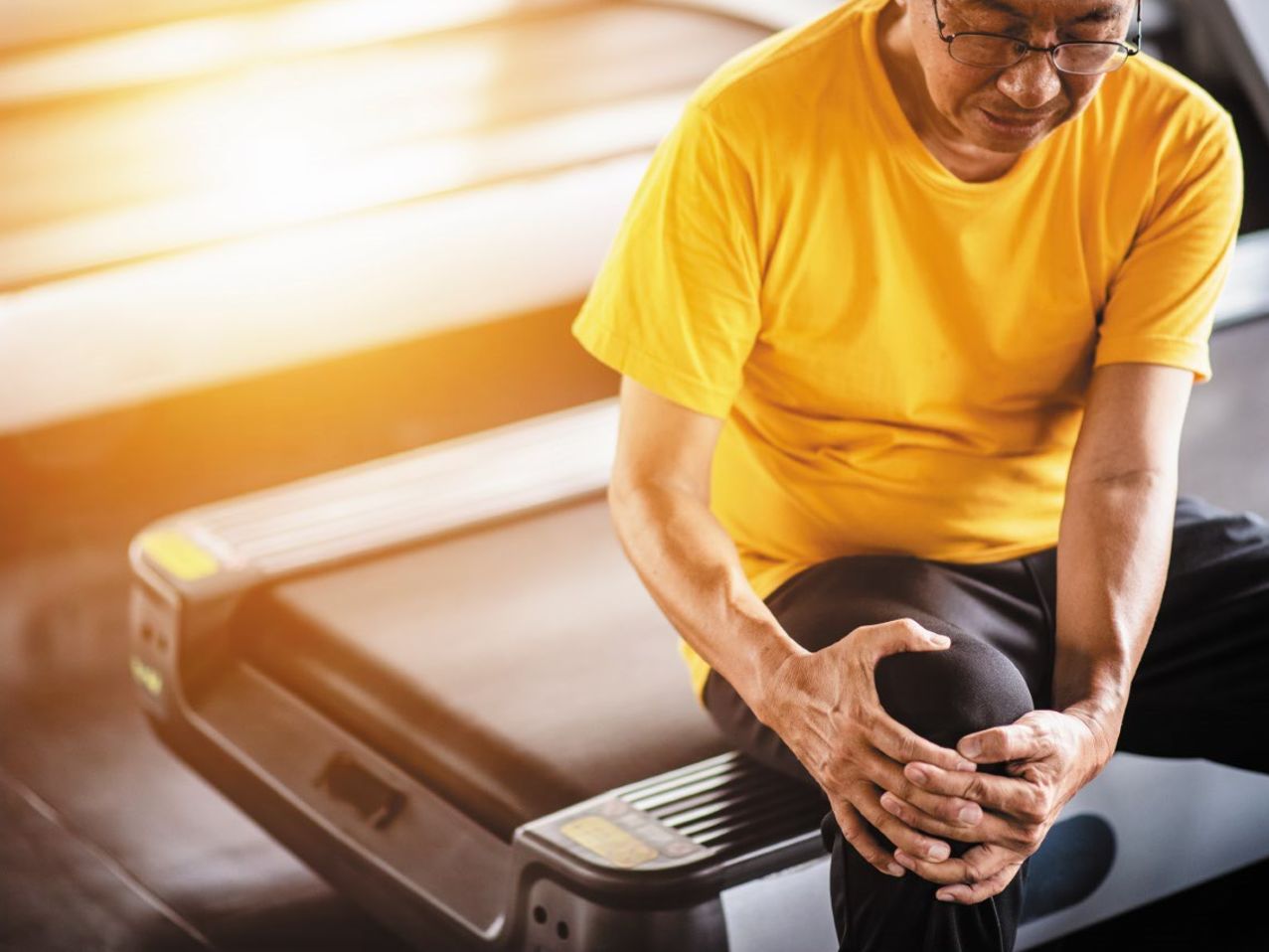Health and Wellness
Get a spring into your step with these health and wellness tips.

Approximately 1.8 million Australians live with the discomfort of osteoarthritic knees, with symptoms ranging from stiffness to excruciating pain as the cartilage cushioning the bones in the joint gradually breaks down.
Typically, sufferers turn to arthroscopic knee replacement surgery, however, some health professionals believe there could be better options available.
The University of New South Wales’ Professor of Orthopaedic Surgery, Ian Harris, said knee replacement surgery can be a valid option but stressed people must have realistic expectations in regards to surgical outcomes.
“Knee replacement surgery can be effective if you have significant arthritis, pain, and loss of function. It will give you a better knee, but it doesn’t give you a normal knee. As a rough rule of thumb, 20% of patients will be dissatisfied with the outcome of their knee replacement. It’s not a perfect operation.
“And I’d warn people that it is a painful procedure and your knee will give you considerable pain after the operation. Expect it to take some months before your knee has improved to the degree it will improve.”
So, what are the alternatives?
First, it’s important to look at weight loss, if you’re not currently within a healthy weight range.
Research shows losing 5% to 7% of your body weight can reduce painful arthritic symptoms by lessening the pressure on worn knee joints.
While exercise is obviously an important part of maintaining weight, it’s imperative to steer clear of anything that puts excess strain on the knee joint, such as jogging or climbing stairs.
Cycling and swimming are great options for this reason. If you prefer walking, that’s fine, but instead of walking 5km in one go, opt for shorter distances at a time such as 2.5km in the morning and 2.5km in the afternoon.
Other options include physical therapy, anti-inflammatory medications, and gel knee injections, also known as viscosupplementation.
The injectables contain hyaluronic acid, a naturally occurring compound found in the synovial fluid of the joints. The gel-like substance aids in joint lubrication, reduces inflammation, and promotes bone and cartilage growth.
If you are struggling with knee pain, talk to your GP about possible treatments or referral to an osteoarthritis specialist.
Egg colour has no bearing on the nutritional value of chicken eggs.
The colour and size of an egg are determined by the breed of hen, which can produce white, cream, brown, blue, green or even speckled eggs.
The colour of the yolk is also not reflective of nutritional value but rather the type of poultry feed consumed by the hen.
Antiviral treatments taken as capsules or tablets may help stop COVID-19 infection from becoming severe. Courses of these antiviral treatments need to be started as soon as possible after COVID-19 symptoms begin.
People at higher risk of severe illness are eligible for antiviral treatments. If you test positive for COVID-19, you may be eligible for antiviral treatments if you are:
- Aged 70+ years, regardless of risk factors and with or without symptoms
- Aged 50 years or older with two additional risk factors
- Aboriginal or Torres Strait Islander, aged 30 years or older and with two additional risk factors.
If you test positive for COVID-19, you should contact your doctor straight away for advice about antiviral eligibility. If your doctor recommends oral antiviral treatments, you will need a prescription. Your doctor can send the pharmacist your prescription electronically so the medications can be either collected by a friend or family member (you are required to isolate completely for seven days after testing positive) or delivered to your home.
Believe it or not, virtual reality (VR) is the latest tool being used to help reduce chronic pain.
VR is an immersive technology that makes you feel as if you’re in another world. While sitting comfortably, you put on a VR headset—goggles that give you a 360° view of a virtual environment—and you can hear sounds from speakers in the headset or headphones.
In November of 2021, the Food and Drug Administration authorised the marketing of a prescription home-use VR device to help reduce chronic lower back pain. Harvard-affiliated Spaulding Rehabilitation Hospital has been studying VR to see if the approach has the potential to manage any type of chronic pain.
"In the past, a lot of providers were using opioids as a way to treat chronic pain. As has become clear in recent years, opioids have many downsides, and providers are thirsty for alternative treatments," says Dr David Binder, a physiatrist and Director of Innovation at Spaulding Rehabilitation Hospital.
The strategies used in VR for chronic pain reduction can include mindfulness, meditation, guided imagery, or cognitive behavioural therapy.
They’re all used to control stress and mood.
"Stress, anxiety, depression, and fear all contribute to pain," Dr Binder says. "A lot of evidence suggests that if you’re able to treat those, you can help reduce pain."
VR might take these other therapies to a new level by putting them together and immersing someone into an environment where it’s easier to focus.
It could also be that VR and its many stimuli simply distract your brain from receiving pain signals. Spaulding’s VR device isn’t yet available, but it could only be a matter of time before we’re using these seemingly futuristic technologies for home health care.
Just like Coronavirus and its Greek alphabet-themed variants, there are different variants of Influenza A.
Avian influenza—also known as bird flu—is a subtype of Influenza A (H5N1) that mainly affects birds. H5N1 has never been found in Australia.
Swine flu is a type of Influenza A virus found in pigs. In 2009, a strain of flu virus known as H1N1 spread rapidly around the world and became a pandemic, which was officially declared over in 2010.



